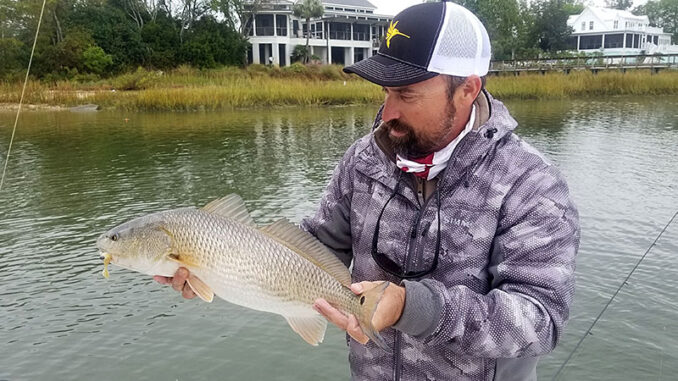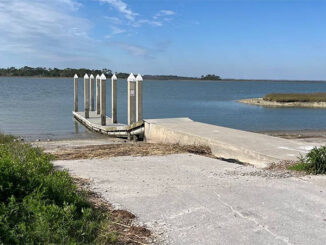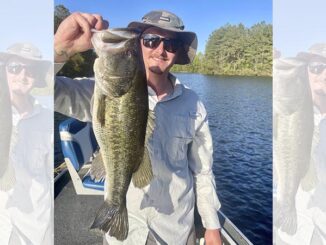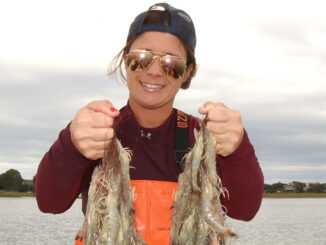
December redfish bite heats up in Cape Romain
As winter weather begins to overtake late fall, many redfish anglers hang up the fishing rods. But others love fishing this time of year, and for good reason.
One of the most overlooked and underfished places for winter redfish along the South Carolina coastline is Cape Romain, a large estuary sandwiched between Georgetown and Charleston.
The majority of Cape Romain is shallow water harboring vast expanses of marshes full of oysters, grass beds and mud flats. It’s one of the few coastal areas that’s inhospitable to porpoises, and that makes it a safe haven for wintering redfish.
A day of throwing a cast net to catch bait can be discouraging to anglers, but it shouldn’t be. Mullet and mud minnows are present, mainly hunkering down around oyster beds. The amount of baitfish is enough, but isn’t especially large.
Some of Cape Romain’s best fishing this month is on the third day of a warming trend, after we’ve had some cold weather. The cold weather can slow the redfish bite, and a warming trend will really get those same fish energized and hungry.
Some of the flats here have slighlty deeper stretches, and in those areas, it’s not uncommon to see huge schools of redfish. They can gang up in groups up to 100 fish.
Chain reaction
With the winter water usually quite clear, anglers need to be stealthy and approach these schools with caution.
Soft plastic swimbaits fished on jigheads are great here. D.O.A. shrimp fished with or without a popping cork will also be met with positive results.
The key is to not spook the fish. One big no-no is casting into the middle of a school, which will quickly scatter the fish and make them even more wary.
Some anglers will cast to the outside edge of these schools, picking off redfish on the flanks that break formation when they see an easy meal. Others insist on casting only in front of the schools, then allowing the leading fish to pick up the lure.
Sometimes, the fish can seem to be completely shut down. Anglers need to be persistent, because when one fish bites, that often triggers a chain reaction, leading to double and triple hookups if enough anglers are casting.





Be the first to comment